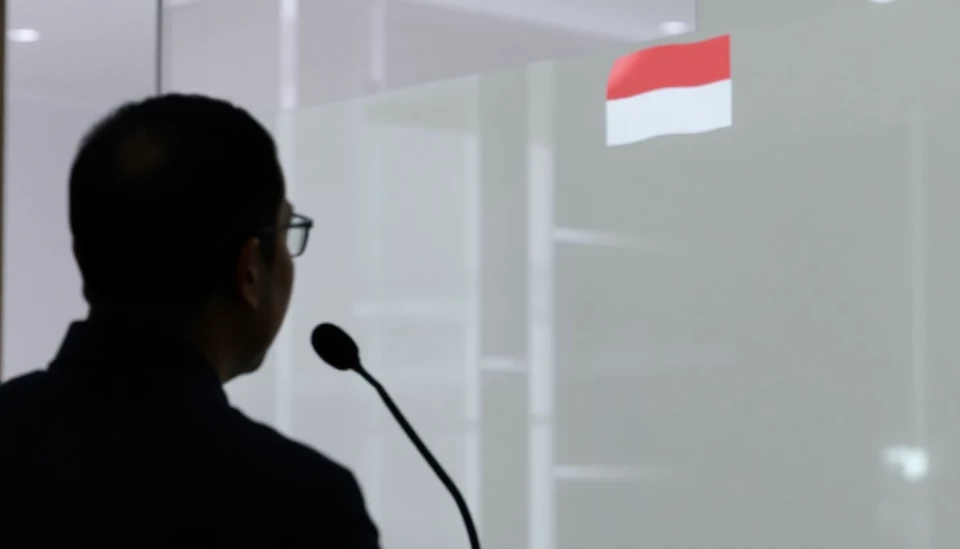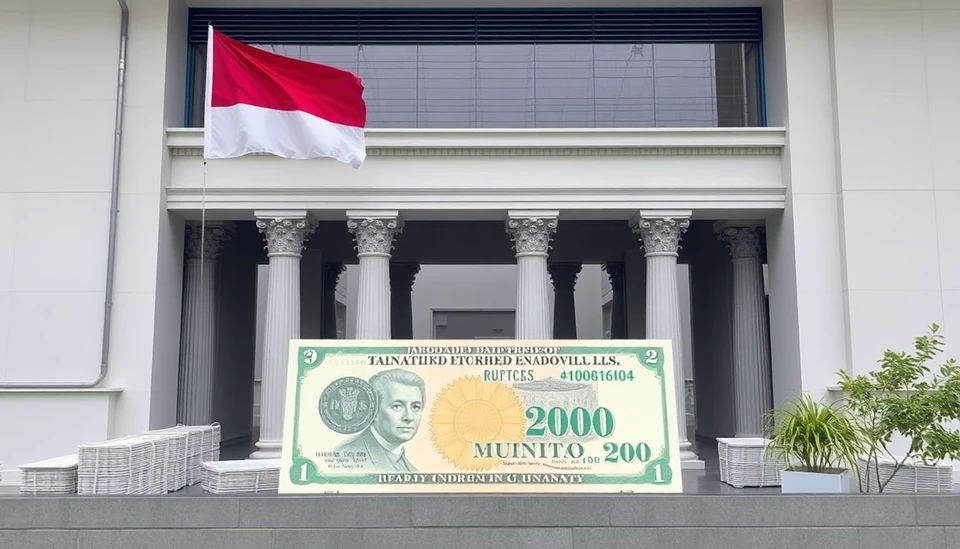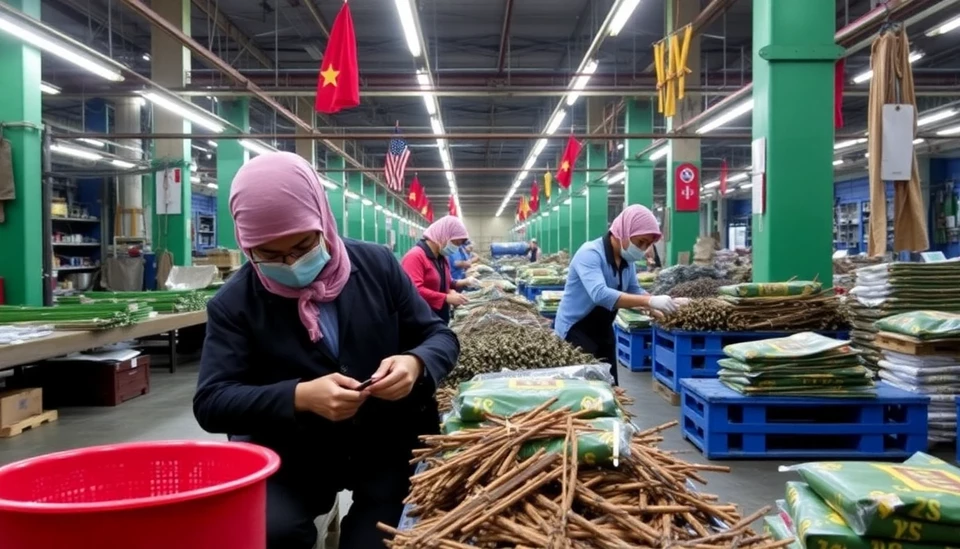
Indonesia Maintains Interest Rate to Support Rupiah Amid Economic Uncertainties
In a recent development that caught the attention of global markets, the Bank of Indonesia has chosen to hold its benchmark interest rate steady at 5.75%. This decision, announced amid increasing market jitters, aims to bolster the stability of the Indonesian rupiah while navigating through volatile economic waters.
Continue reading
Indonesia Faces Economic Crossroads: Rates Hold Amid Stock Market Turmoil
In a recently unfolding economic scenario, Indonesia's central bank is poised to maintain its interest rates in the wake of increasing market volatility, heightened by unsettling trends affecting the broader stock markets and the national currency, the rupiah. This decision reflects a meticulously balanced approach to governance that aims to stabilize and support both its fiscal policies and the local economy.
Continue reading
Indonesia Stands Firm on Key Interest Rate to Support Struggling Rupiah
In a critical move to stabilize its currency, the Bank of Indonesia has decided to maintain its key interest rate at 5.75%. This decision comes amidst growing concerns related to the declining value of the Indonesian rupiah, which has faced significant pressure due to external economic factors and internal inflationary challenges. The central bank's decision reflects a commitment to bolstering the currency and ensuring economic stability within the country.
Continue reading
Indonesia Faces Economic Slowdown Amid Manufacturing Decline
Recent reports indicate that Indonesia's economic growth may experience its most significant slowdown in a year due to a downturn in the manufacturing sector. The nation's central bank has projected that the country's growth rate will decline to around 5.1% for the fourth quarter of 2024, a notable drop from earlier predictions. This grim forecast comes as manufacturing activity, a critical component of Indonesia's economy, shows signs of struggling to maintain momentum in the wake of global economic uncertainties.
Continue reading